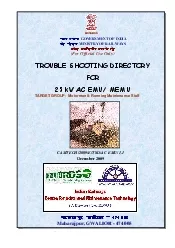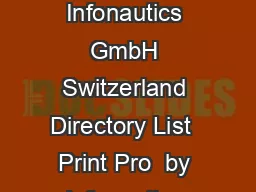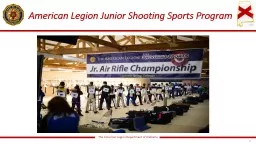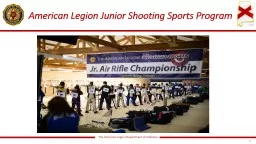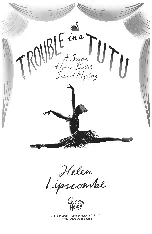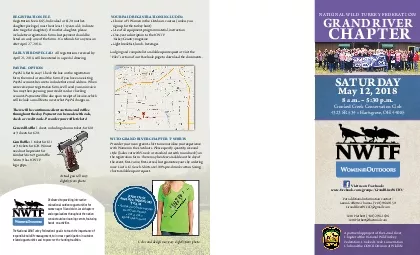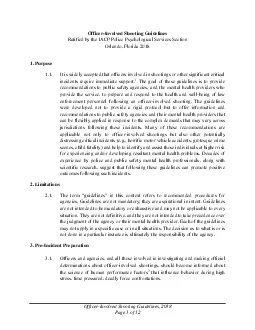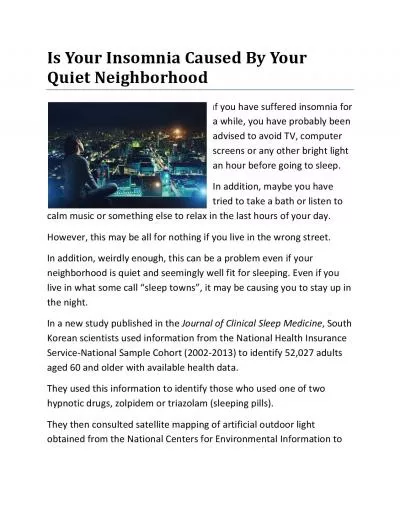PDF-CAMTECH2005ETSDAC EMU11 Trouble Shooting Directory for 25 kV AC E
Author : jasmine | Published Date : 2021-08-25
1CHAPTER 1 GENERAL DESCRIPTION 11 INTRODUCTIONAC EMUMEMU rakes are running for suburban as well as short distance main line services in different areas of Indian
Presentation Embed Code
Download Presentation
Download Presentation The PPT/PDF document "CAMTECH2005ETSDAC EMU11 Trouble Shooting..." is the property of its rightful owner. Permission is granted to download and print the materials on this website for personal, non-commercial use only, and to display it on your personal computer provided you do not modify the materials and that you retain all copyright notices contained in the materials. By downloading content from our website, you accept the terms of this agreement.
CAMTECH2005ETSDAC EMU11 Trouble Shooting Directory for 25 kV AC E: Transcript
Download Rules Of Document
"CAMTECH2005ETSDAC EMU11 Trouble Shooting Directory for 25 kV AC E"The content belongs to its owner. You may download and print it for personal use, without modification, and keep all copyright notices. By downloading, you agree to these terms.
Related Documents

